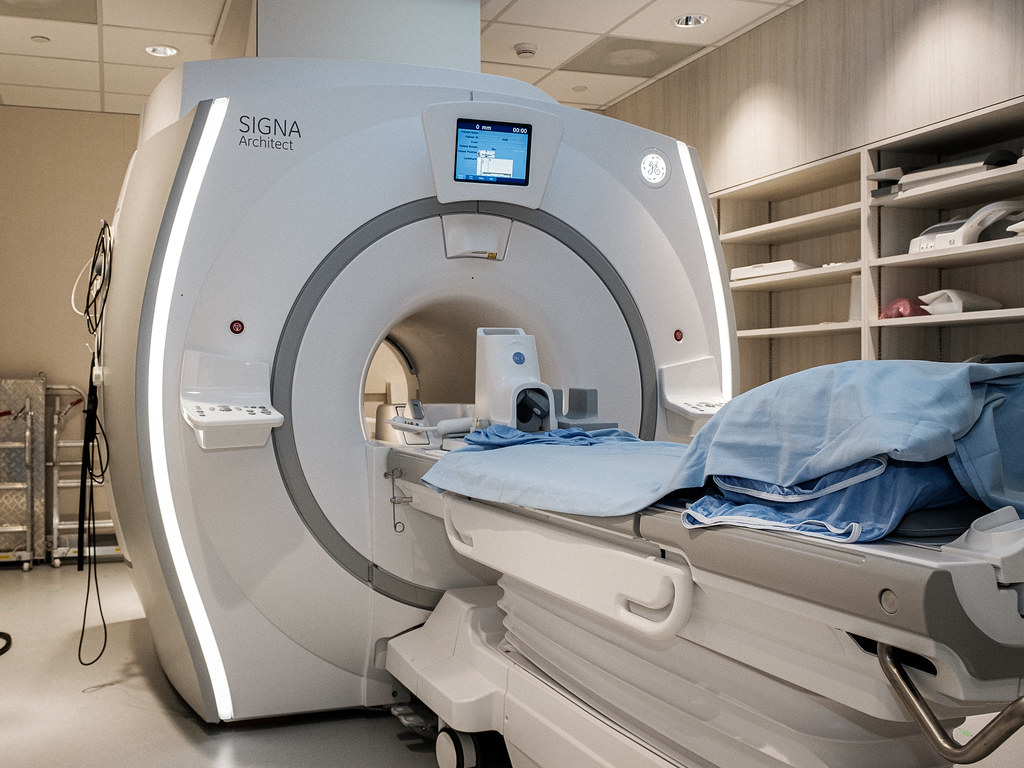Healthcare technologies Considered

Telehealth
Using technology like phones, laptops, tablets, etc. to deliver healthcare services remotely.
Benefits to Patient: Provides convenient access to care from home. Removes the need to travel saving time, expenses and potential illness to at risk patients.

X-Rays
form of electromagnetic radiation used for diagnostic imaging. Typically used to determine issues with bones or tissues..
Benefits to Patient: Fast non-invassive way for dcotors to check injhuries and asses medical needs.

Robotic Surgery
Using surgical robots to operate with high precision and complete complex or sensitive operaations
Benefits to Patient: typically allows for less invasive procedures and increases success rate for patients.

Patient Portals
A secure online platform allowing patients to check appointments, schedule visits, talk to their doctor or view test results.
Benefits to Patient: This allows medical information and events to be viewed from anywhere on many different types of devices.

Personal Monitoring Devices
Typically wearbable devices that monitor overall or specific health metrics.
Benefits to Patient:Provides both doctor and patient real time data for conditions and can alert both of complications or changes in condition that need attention.

Electronic Health Records (EHRs)
Digital records of a patients medical history.
Benefits to Patient: This ensures up to date information is available for any medical professional seeing the patient and keeps a reliable record that cannot be missplacd physically.

MRI Scans
Medical imaging technology used mainly on brain, spineal cord, muscles, heart and organs
Benefits to Patient: Provides a safe option to capture imaging of the internal body when looking for specific injuries or issues of a patient.

CT Scans
Medical imaging technology using x-ray imaging to create detailed images of the body. Provides more dtail that typical x-ray.
Benefits to Patient:

Ultrasound Imaging
Uses high-frequency sound waves to capture live images from inside the body.
Benefits to Patient: Safe and non-invasive method useful for various diagnostic purposes.

Wearable Health Technology
Devices like smartwatches that monitor health data and sync with apps for health management.
Benefits to Patient: Encourages healthy habits by tracking activity and providing health insights.

AI in Diagnostics
Artificial Intelligence algorithms assist in interpreting medical images and predicting patient outcomes.
Benefits to Patient: Enhances diagnostic accuracy and speeds up treatment initiation.

Mobile Health Apps
Applications that help patients manage their health, appointments, and medication reminders.
Benefits to Patient: Facilitates self-management of health and improves adherence to treatments.

Genetic Testing
Analyzes DNA to identify genetic disorders or predispositions to certain diseases.
Benefits to Patient: Identifies genetic risks, allowing for early interventions and personalized care.